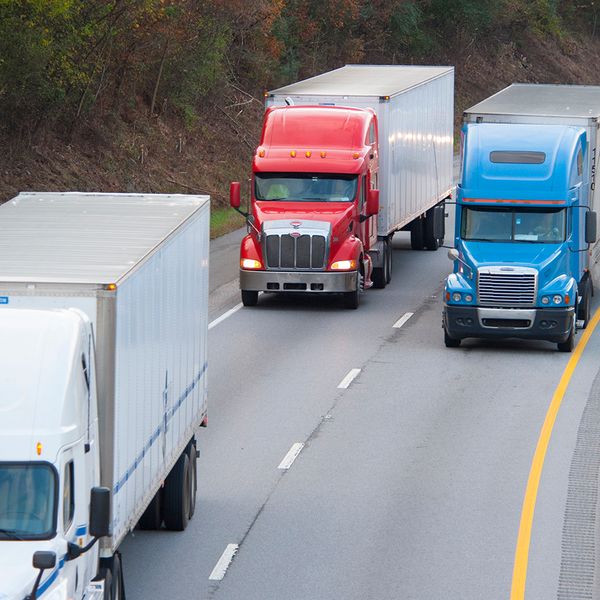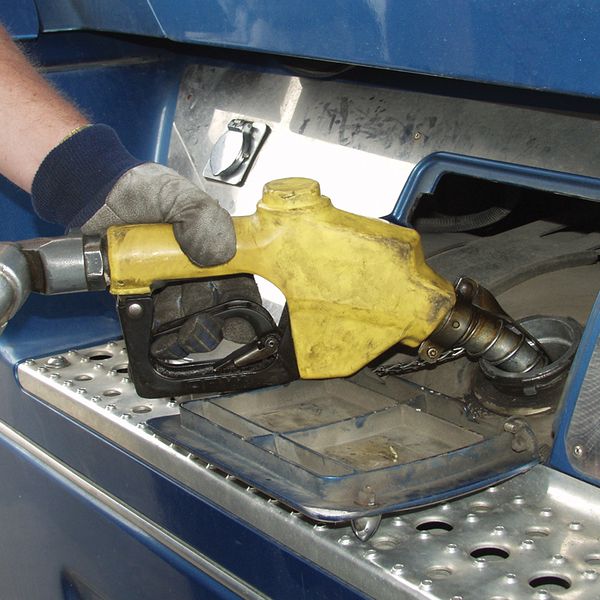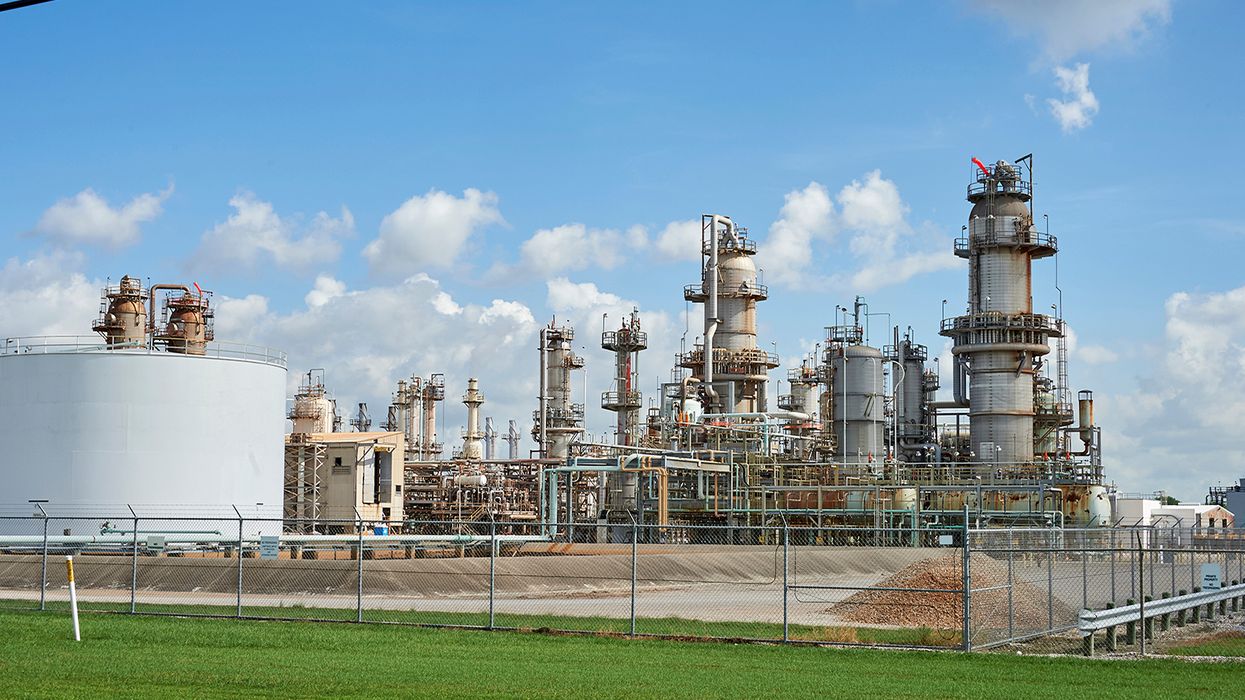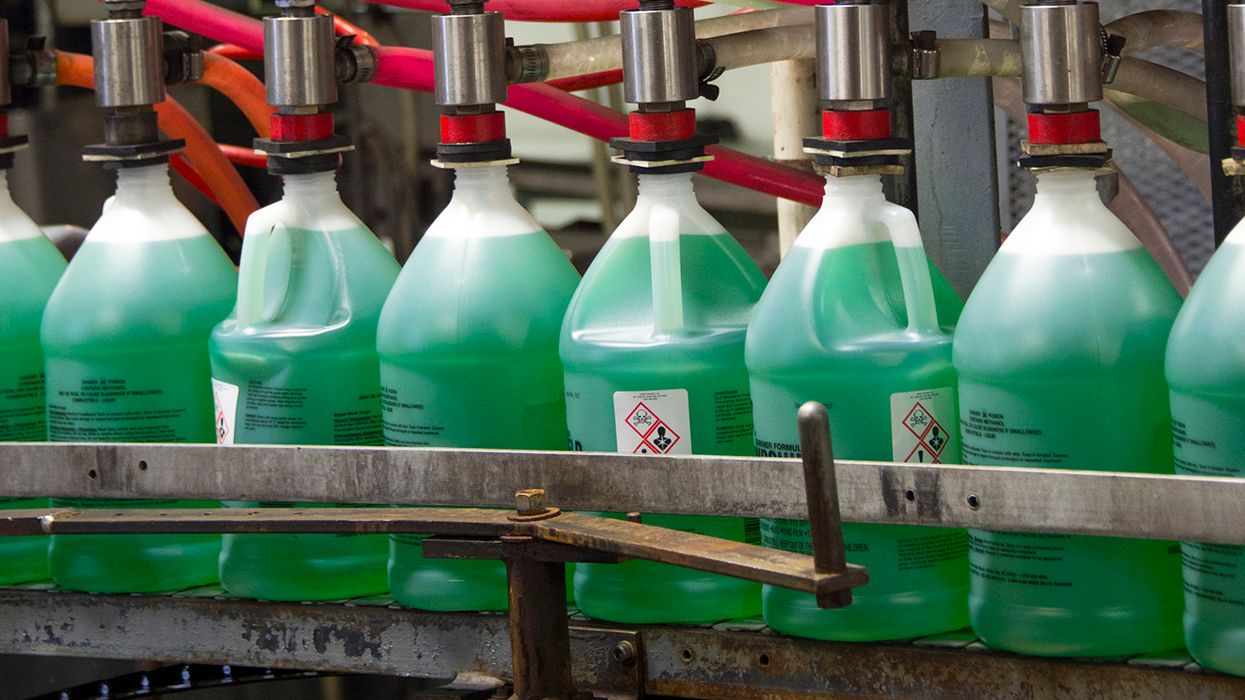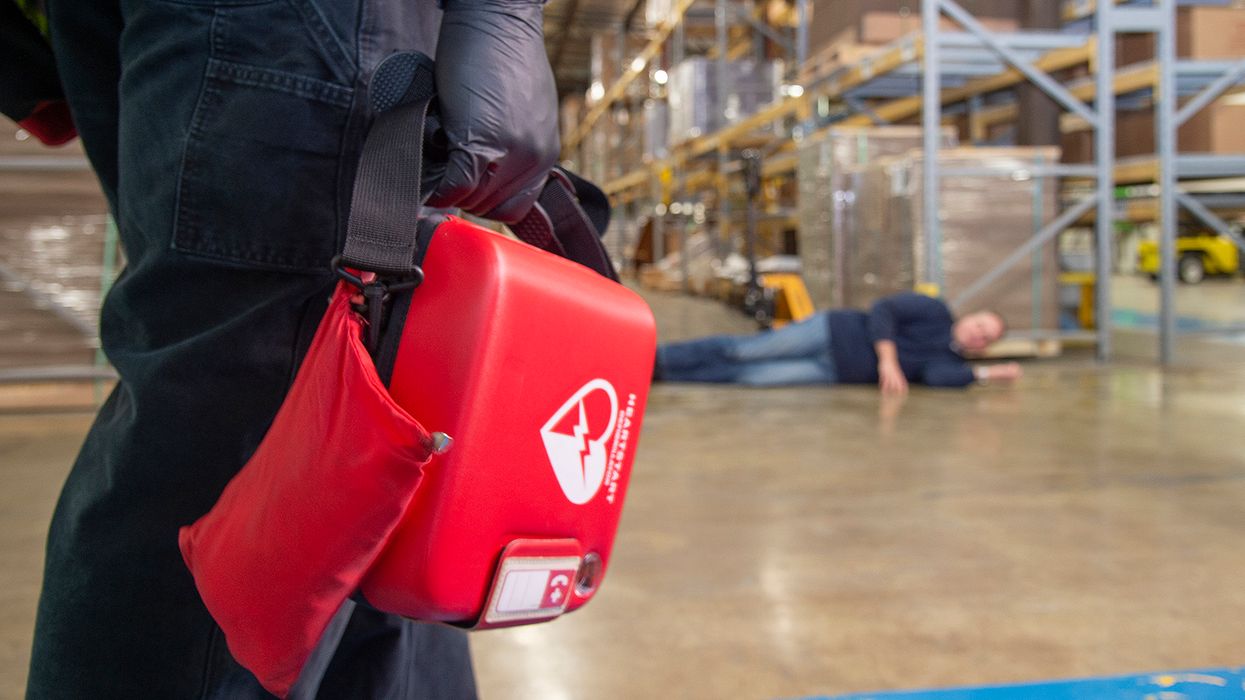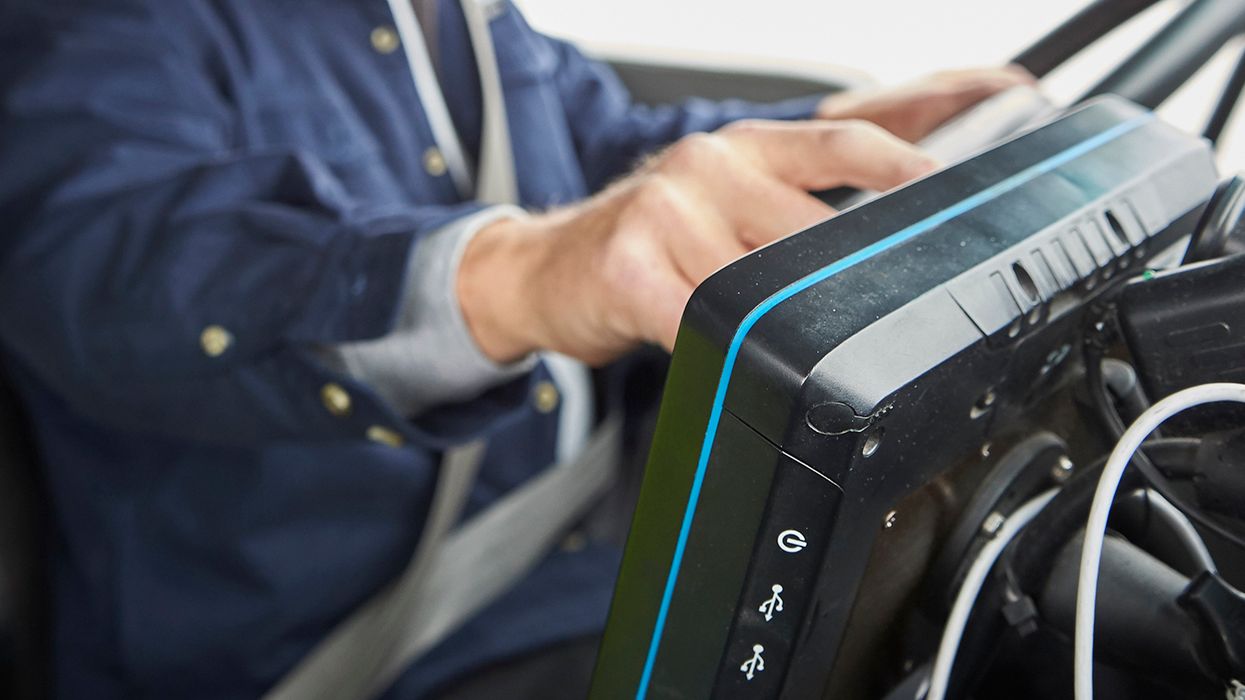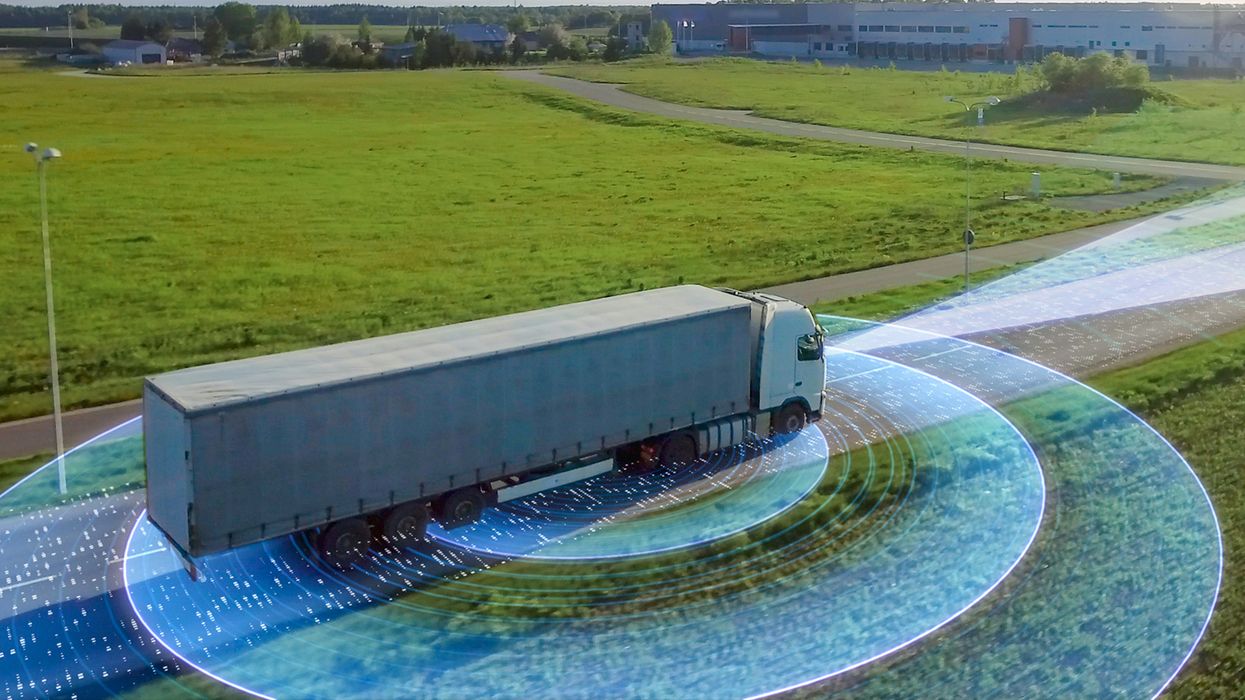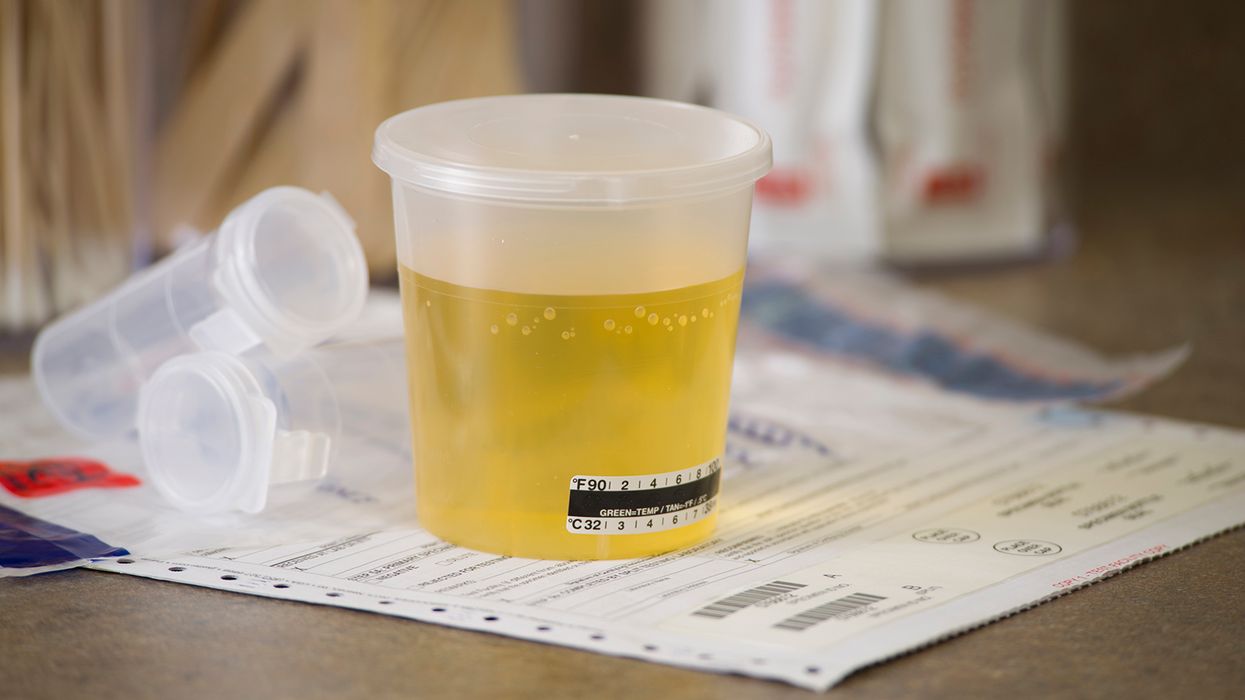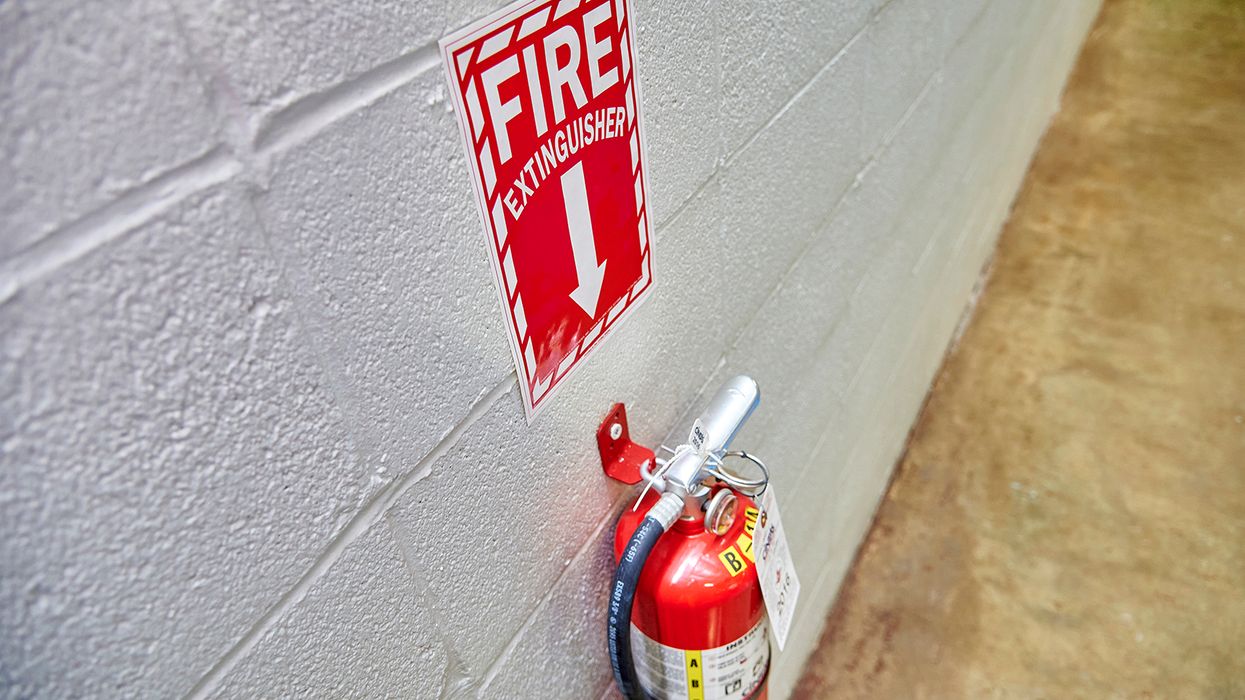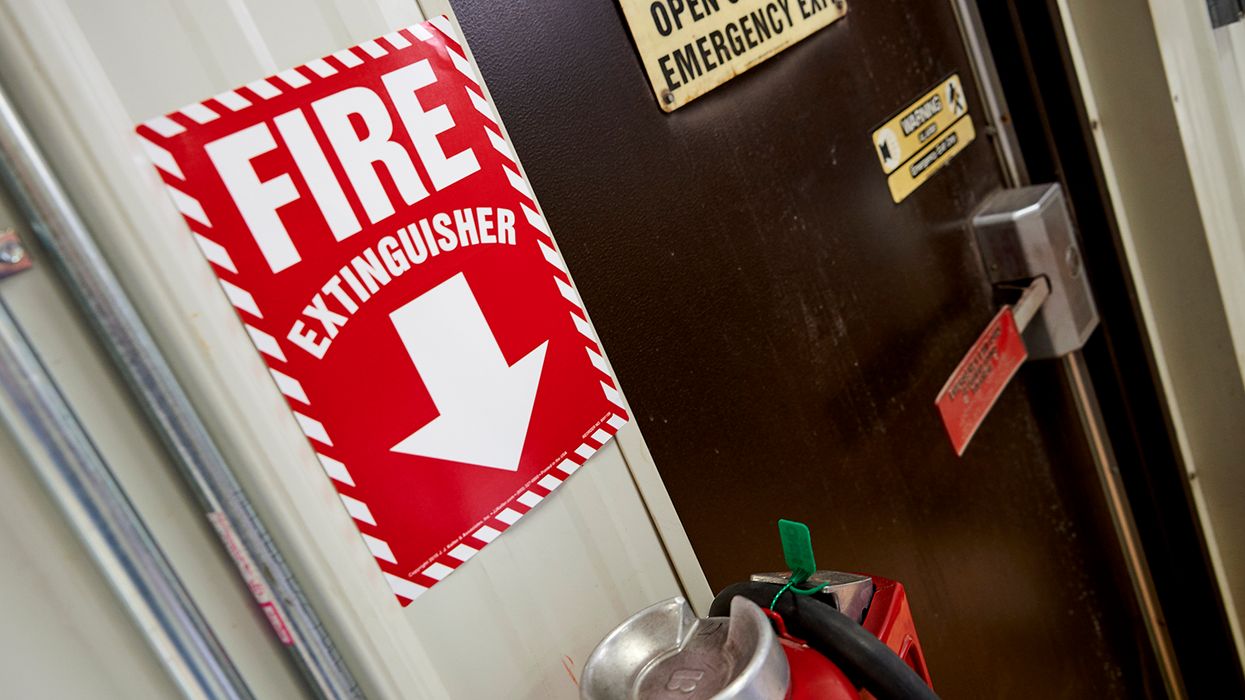Clearing the air: 5 burning questions about hydrogen fuel cell electric vehicles (FCEVs)
The Environmental Protection Agency's (EPA) Greenhouse Gas (GNG) Emissions Standards for Heavy-Duty Vehicles Phase 3 will be effective in 2027. FCEVs produce zero tailpipe emissions and could be a viable option for many fleets to help comply.
Fleet leaders may consider FCEVs if they know how they work and the benefits. Other factors to consider are vehicle range and weight compared to battery-electric vehicles (BEVs), fueling time and options, and if safety standards are used in these complex systems.
The basics covered in these five questions and answers are a good start for fleet leaders to learn more.
1. How do FCEVs function?
FCEVs use hydrogen to power an electric motor. The process begins with storing hydrogen gas in high-pressure tanks on the vehicle. The fuel cell stack consists of multiple individual fuel cells. When hydrogen fills the cells, a chemical reaction occurs. The hydrogen reacts with oxygen and creates electricity for the electric motor.
2. Which business applications are well-suited for FCEVs?
The current maximum range of FCEVs is 300 to 350 miles. FCEVs weigh much less than BEVs due to the high energy density of hydrogen. These vehicles are suitable for a mix of route-based or regional applications without significantly reducing payloads.
For comparison, commercial BEVs have a range of only 200-250 miles in ideal conditions, with battery packs taking up about twice the space of compressed hydrogen storage. To extend their range, BEVs must add much more weight than FCEVs per additional mile.
Some organizations using hydrogen vehicles are:
- Port drayage carriers,
- Refuse haulers,
- Mass transit bus organizations,
- Mining and construction companies,
- Food service delivery fleets, and
- Class 4-8 medium- to heavy-duty vehicle operations.
Applications with predictable schedules regularly returning to the same location are better suited to FCEVs than random over-the-road operations.
3. How long does it take to refuel with hydrogen?
Fueling takes 10-15 minutes, similar to diesel. The reduced fueling time is a significant advantage over BEVs, which can take hours to recharge.
The additional downtime to refuel a BEV directly reduces potential productivity and limits its use. Drivers can share FCEVs and switch out with the short refueling times at the end of a shift.
4. What are the refueling options?
The lack of fueling options is a significant concern since fueling stations are predominantly in California's Los Angeles and Oakland port areas. However, initiatives are underway to expand fixed hydrogen fueling locations across the East Coast. That still leaves a great deal of the country without fueling infrastructure.
For fleets of twenty or more vehicles, onsite hydrogen production is another possibility. A hydrogen provider-owned production plant at the carrier's terminal can generate, store, and dispense the fuel.
Portable hydrogen refueling can open the option to use these vehicles in other parts of the country. Portable refueling providers support FCEV operations without the cost and delays of permanent infrastructure. These systems allow direct fueling of an FCEV based on locations and times to match operational needs.
Portable fueling systems typically include:
- Liquid storage tanks in a rack on a trailer,
- Pumping and vaporization systems,
- A compliant dispenser, and
- Remote monitoring capability.
5. Do safety standards apply to hydrogen fueling and propulsion systems?
Many of the hydrogen safety codes and standards today are based on practices from the chemical and aerospace industries, per the U. S. Department of Energy (DOE) Alternative Fuels Data Center, . Portable fueling systems even undergo a comprehensive safety analysis before deployment.
Key to remember: Education is the first step in evaluating FCEVs as an option to comply with emissions laws.





